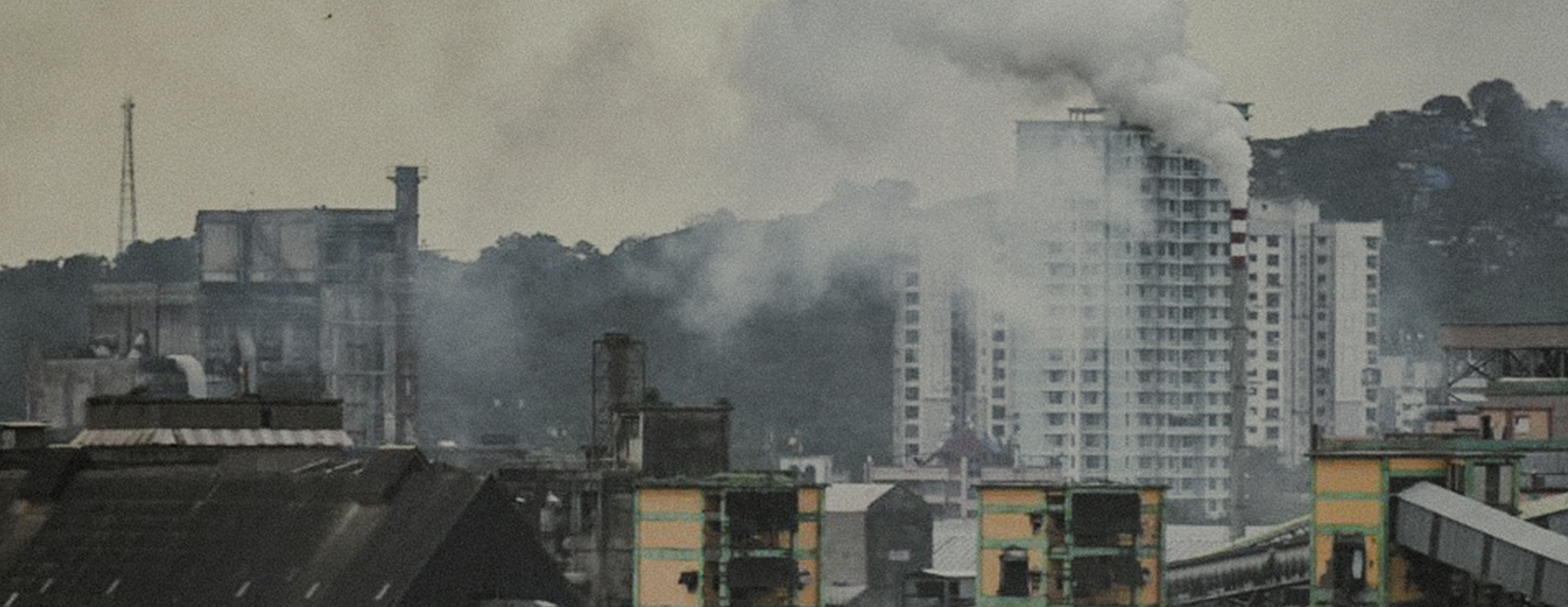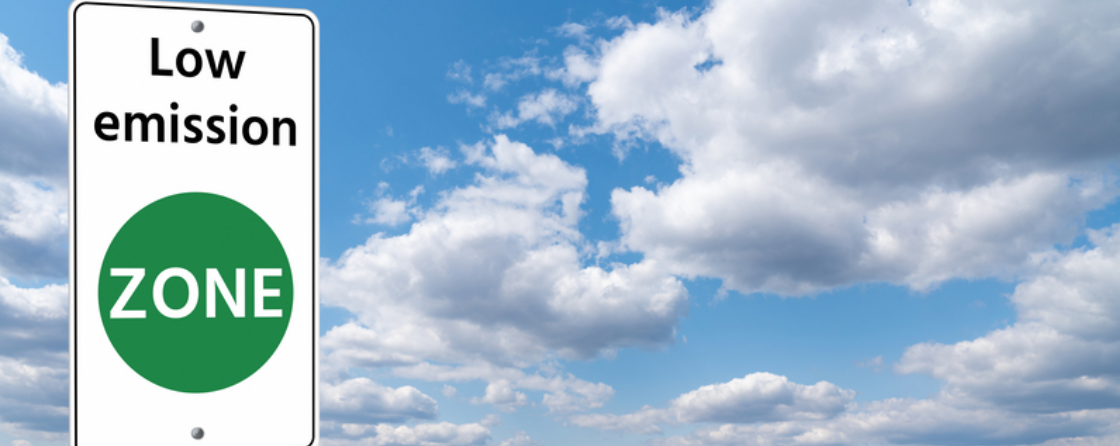How to Avoid the Middle Income Trap

CLEARING THE AIR: MONTHLY COLUMN IN THE HINDUSTAN TIMES BY NAVROZ K DUBASH
AIR POLLUTION POLITICS
In the fifth instalment of a monthly op-ed series in the Hindustan Times entitled ‘Clearing the Air,’ Professor Navroz K Dubash explains why India must get serious about land, air and water reform to avoid a middle income environment trap.
With 15 years of high growth, India is now firmly a middle income country. Can India at 75 sustain this growth, or will it fall into the “middle income trap” that has plagued other emerging nations? The middle income trap results when growth is undercut by the changes it induces, such as East Asia’s low-wage labour-led growth undercut by rising wages in response to prosperity.
What are the risks of a middle income trap for India, and what is the likely driver? While cheap labour may not be a problem, India’s Achilles’ heel is likely to be the inefficient use of natural resources and growing pollution levels. According to the World Bank’s “Systematic Country Diagnostic,” India has less land and water available, and greater pollution, at lower levels of gross domestic product (GDP) than other middle income countries. India’s middle income trap is likely to be a natural resources and environment trap.
What could the new government do to ensure it does not fall deeper into a middle income environment trap? Clearly, past governments’ approach of sacrificing environment for growth makes the problem worse. Instead, a more nuanced approach is needed that looks at growth and natural resources as complementary objectives. Policy notes produced at the Centre for Policy Research provide some ideas for reform on the core issues of land, air and water.
First, disputes over land exert an enormous drag on the economy affecting investments worth USD 200 billion. Some 66% of civil cases in courts are tied to land and property. As Namita Wahi, a fellow at the Centre for Policy Research, explains, the problem lies in a complex, inconsistent land acquisition framework — an estimated 102 laws — coinciding with widespread local conflict over use and control over common lands governed by another set of statutes and conventions. With multiple ministries involved, and high rates of judicial pendency, ensuring peoples’ rights even while enabling land for economic development has become a Gordian knot.
The government must make a start on unpicking this knot, although this effort cannot come at the risk of running roughshod over peoples’ rights to the commons. Administratively, bridging separate rural and urban land use issues, reducing administrative fragmentation, and enabling transparency are all necessary. As this discussion suggests, unpicking the land problem is deeply tied to larger challenges of making the Indian state work better.
Second, India’s air pollution crisis is severe and requires attention beyond current scattershot efforts. For example, it is estimated to reduce the life expectancy of a child born in India by 2.6 years — more than that in hotspots like north India. To begin with, a few big-ticket ideas should be implemented swiftly and thoroughly. These include revamping Ujjwala to provide sustained LPG use for cooking; enforcing new power plant standards; implementing improved fuel quality standards; and massively increasing investments in public transport to ensure India’s cities are not locked into private mobility. These won’t solve the problem entirely, but they are a down-payment on credible action. To progress beyond these immediate measures requires a serious upgrade of our pollution control boards at the Centre and states; India’s air pollution cannot be solved without stronger regulatory institutions. Finally, a city by city approach has to rapidly give way to a broader airshed approach.
Third, water deserves to be high on the policy agenda; the Niti Aayog has warned that India’s water is in a crisis situation. Many states face acute water scarcity, water available per Indian declines every year, monsoons are becoming erratic, and water tables are falling even as we grow ever more dependent on groundwater. As Philippe Cullet, a senior visiting fellow at the Centre for Policy Research, suggests, the underlying challenge is one of water governance. Laws governing water use are inconsistent between surface and groundwater, groundwater law allows landowners control over pumping irrespective of the costs to others and to the aquifer, governance is scattered across institutions at multiple scales, and rules do not cater adequately to urban and rural differences.
These governance problems could be ameliorated by taking forward a National Water Framework bill to provide a single unifying frame of reference for water policy. Another important effort is a complementary Model Groundwater (Sustainable Management) Bill to take forward with states. Both efforts rest on long deliberation starting in 2011 by the UPA government and taken forward in 2015 by the NDA government. While implementation challenges will remain, new framework legislation will lay a platform to help ease India’s water governance woes.
If India is to avoid a middle income environment trap, we have to get serious about land, air and water reform. But there is an important caution. Reform should not be understood as an uncritical hacking away of legal and administrative safeguards, some of which are put in place to protect the poor and vulnerable who depend on natural resources for livelihood. Instead, in all three cases, the underlying challenges are governance-related: ensuring availability of resources, without degrading their quality, and while safeguarding the interests of the poor.
Navroz K Dubash is a Professor at the Centre for Policy Research. This is the fifth article in a monthly op-ed series in the Hindustan Times entitled ‘Clearing the Air.’ The original article, which was posted on June 19, 2019, can be found here.
Read more in the Clearing the Air series:



